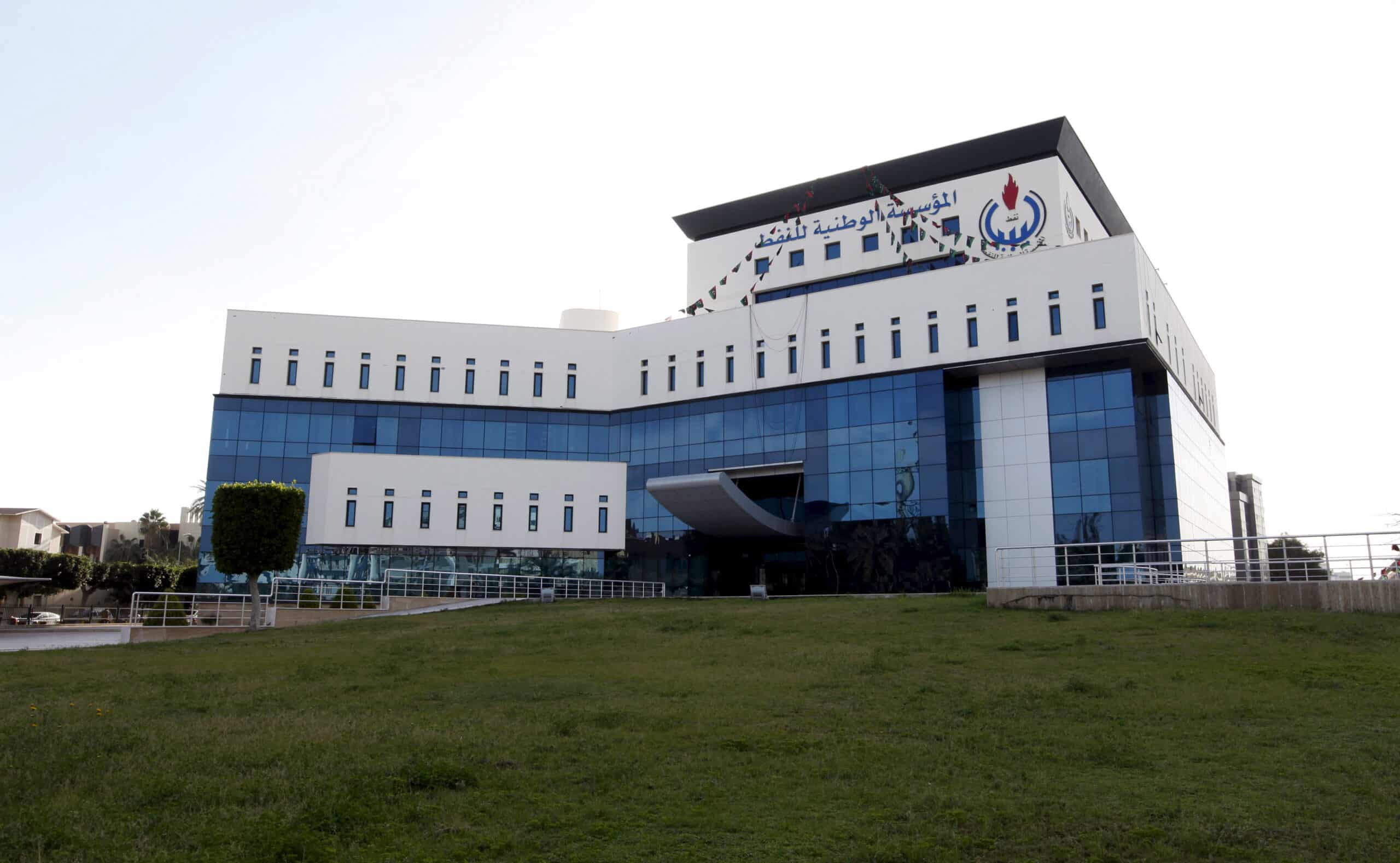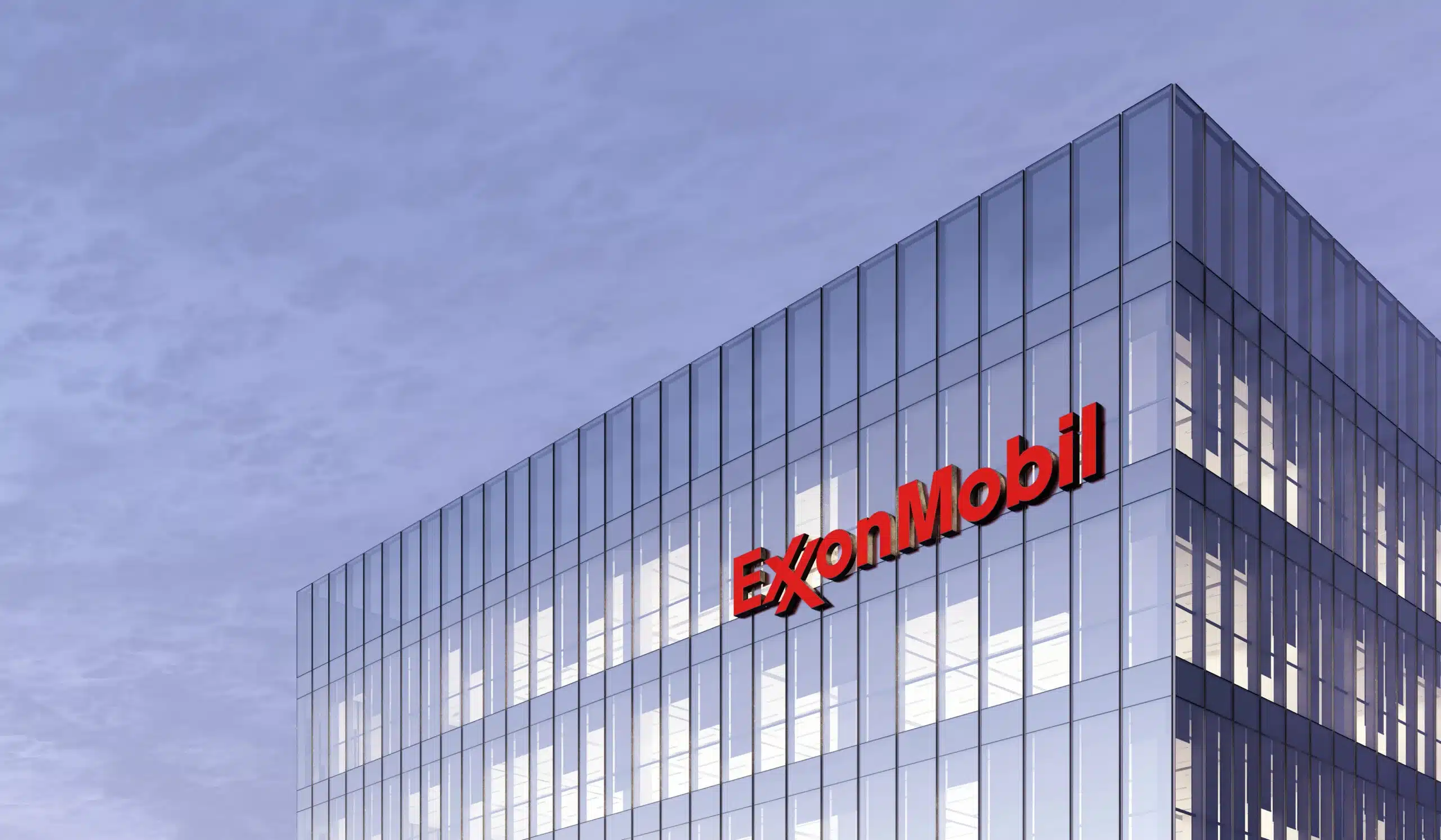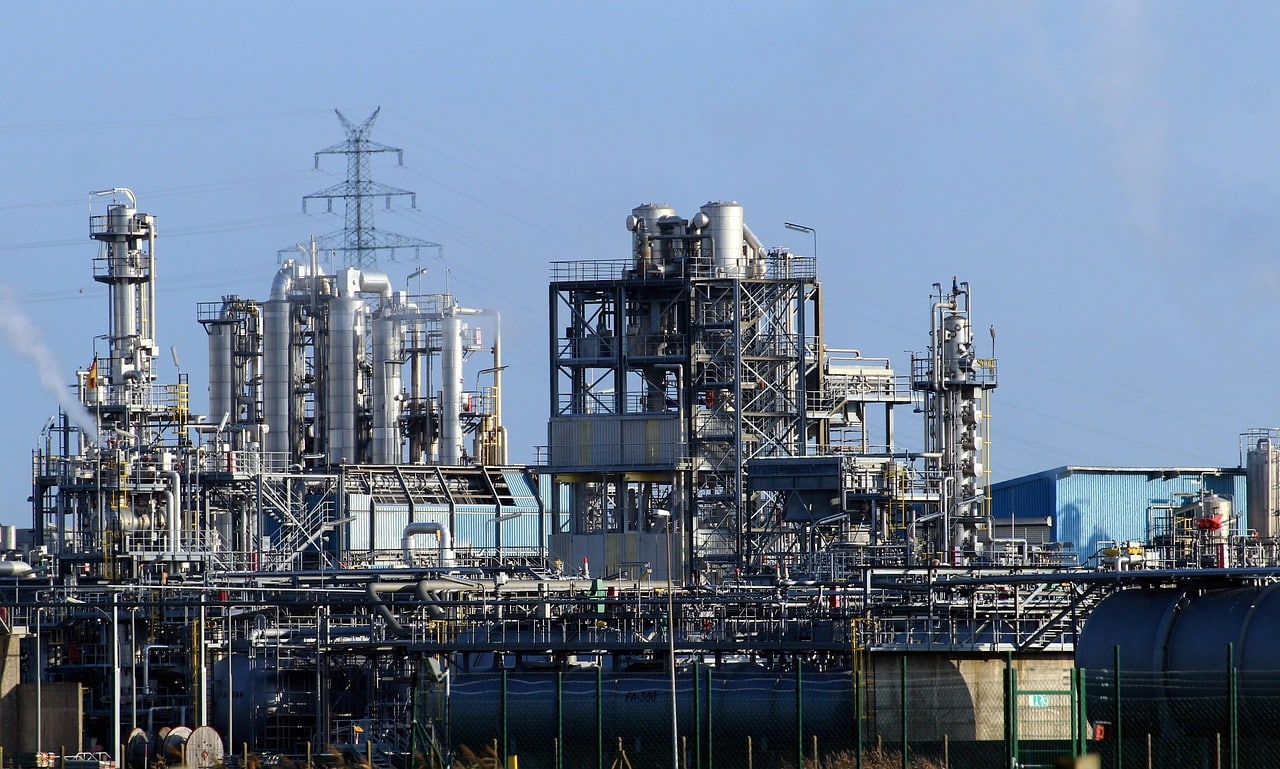Libya’s National Oil Corporation (NOC) says the country’s 2025 public exploration bidding round has entered its final stage and that the bids are expected to be opened in February 2026.
This was disclosed by NOC in a statement on Thursday as reported by local sources, raising hopes of several international oil companies which had cast a bet on Libya’s vast petroleum reserves.
Opening a bid refers to the formal process of unsealing and reviewing submissions proposed by bidders in licensing rounds. It’s usually done in front of officials, sometimes with bidders present, to ensure transparency and fairness.
Libya in March launched its first oil bidding round in over 17 years, a move NOC said will “boost Libya’s crude oil and gas reserves, supporting higher production and providing a measure of economic security for Libyans.”
The exercise covers 22 areas for oil exploration and development, including 11 offshore and 11 onshore blocks.
Bid exercise attracts several investors
Libya holds an estimated 91 billion barrels of oil equivalent in undiscovered hydrocarbons – the largest in Africa as a whole.
Some offered blocks already contain undeveloped discoveries with at least 2 billion barrels of oil equivalent.
The bid round introduces the EPSA V contractual framework, offering more competitive fiscal terms to attract international oil companies (IOCs).
For global majors seeking new reserves outside traditional regions, Libya’s largely unexplored acreage is seen as a frontier opportunity.
“Virtually all international oil and gas firms are competing in the licensing round,” said Masoud Suleiman, chairman of NOC, indicating the scale of global interest.
Meanwhile, reports indicate over 40 prospective bidders have expressed interest in the licensing round.
A post conflict revival?
After more than a decade of political turmoil and chronic underinvestment, Libya’s oil and gas sector is finally staging a robust revival.
The country is actively courting global energy giants and rolling out strategic initiatives to reclaim its place in the international energy arena.
Before now, foreign investors were wary of putting money in the country, which has been in a state of chaos since the overthrow of Muammar Qaddafi in 2011.
Disputes between armed rival factions in Libya – Africa’s second-largest oil producer inOPEC –over oil revenues have often led to oilfield shutdowns.
Production ambitions
Libya’s petroleum production has improved in recent years, rebounding from periods of severe disruption to reach over 1.3 million barrels per day in 2025.
Oil output collapsed to just 7,000 bpd in August 2011 during the civil war. By 2020–2022, production fluctuated heavily due to blockades and political instability, often swinging between 500,000 and 1 million bpd
In 2024–2025, output stabilized above 1.2–1.3 million bpd with January 2025 recording 1.277 million bpd.
This is expected to further increase as several Big Oil companies like bp and Eni recommit to their investments in the North African country.
Analysts expect production to rise toward 1.5 million bpd by late 2025 and potentially 1.7 million barrels/day in 2026, if the bidding process concludes successfully and political conditions remain stable.
The bid opening coincides with moves to revive gas projects, most notably the plan to develop Block NC-7 in western Libya through the newly established company “Gelyana,” headquartered in Benghazi, which is expected to play a key role in upcoming gas projects.








